What To See And Do
Facilities
Westray Heritage Centre has two large display halls, an archive room and a media room.
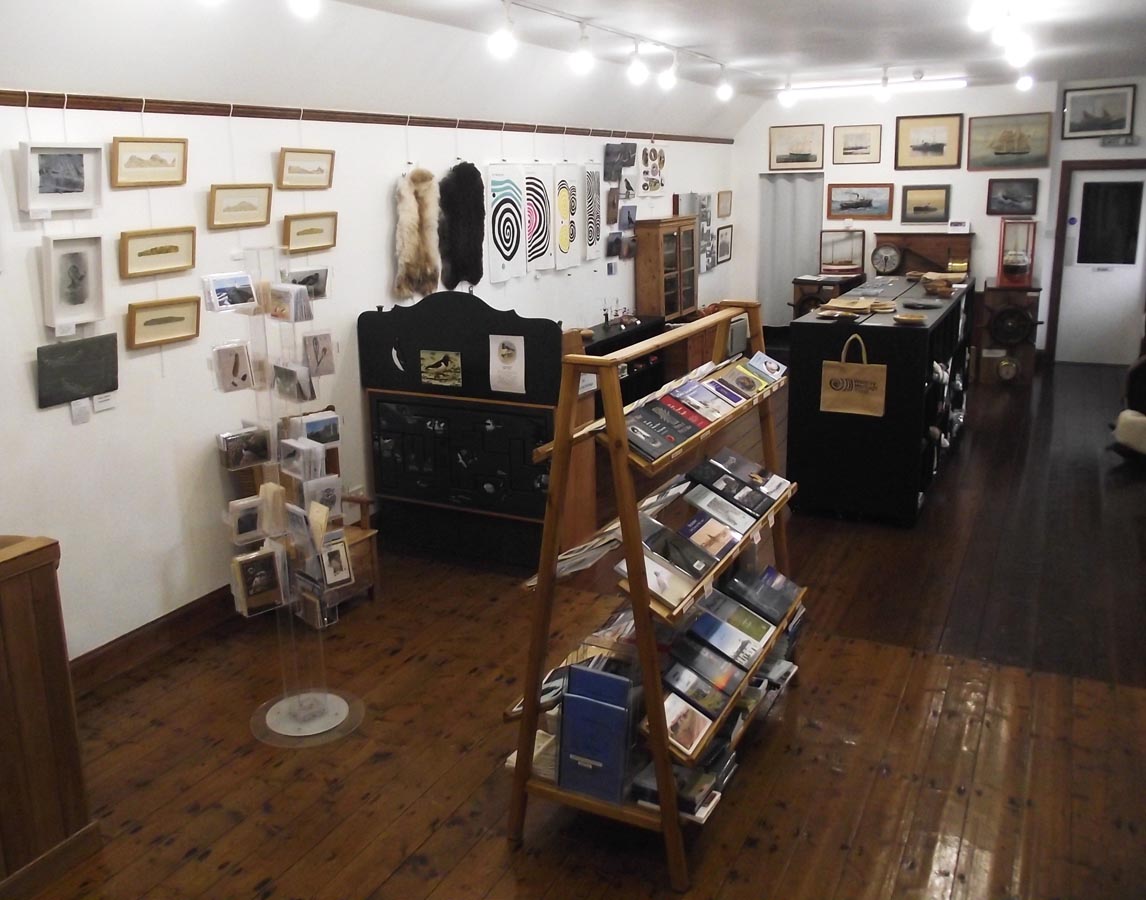
The oldest 1850s hall accommodates displays and sales of local books and craft items.
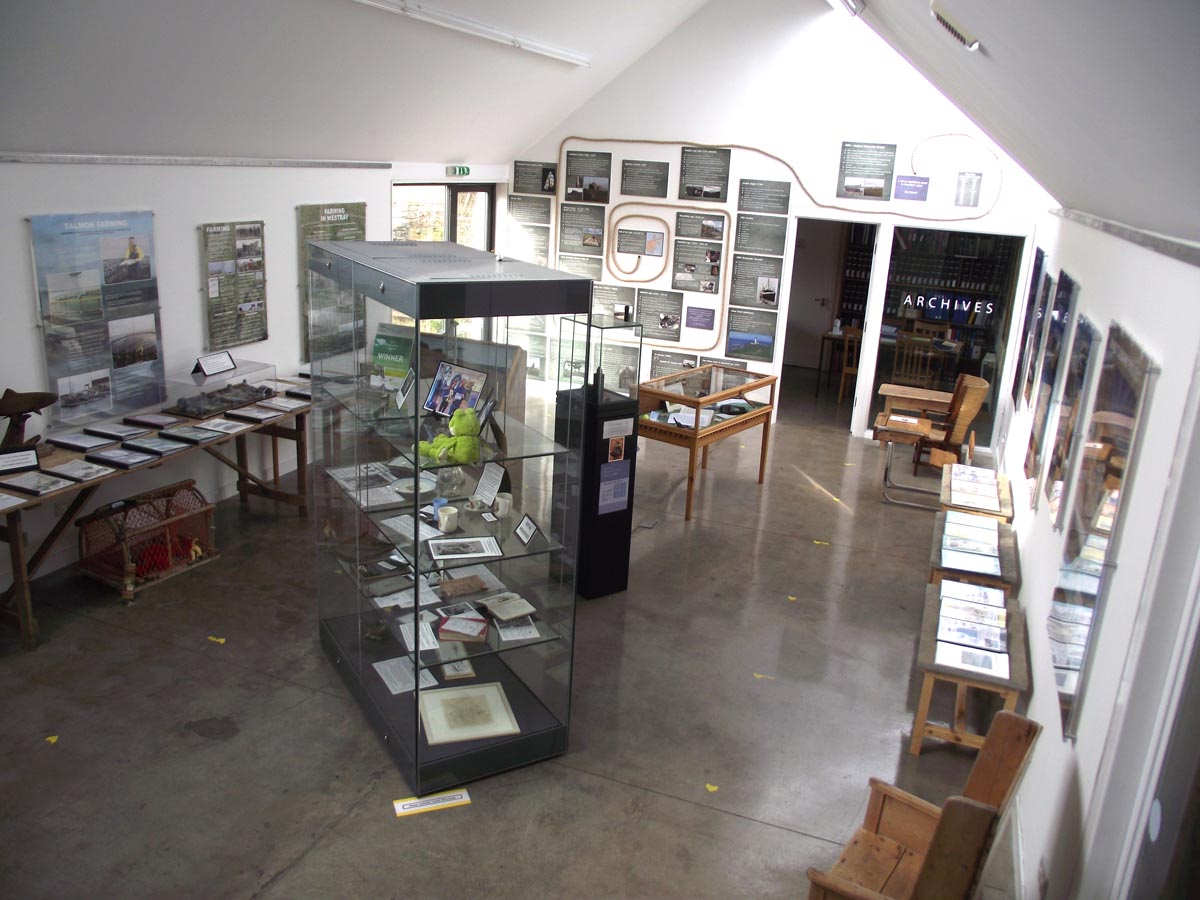
The main display hall is part of the architect designed extension. Lighting by LED and heating from ground source are eco-friendly.
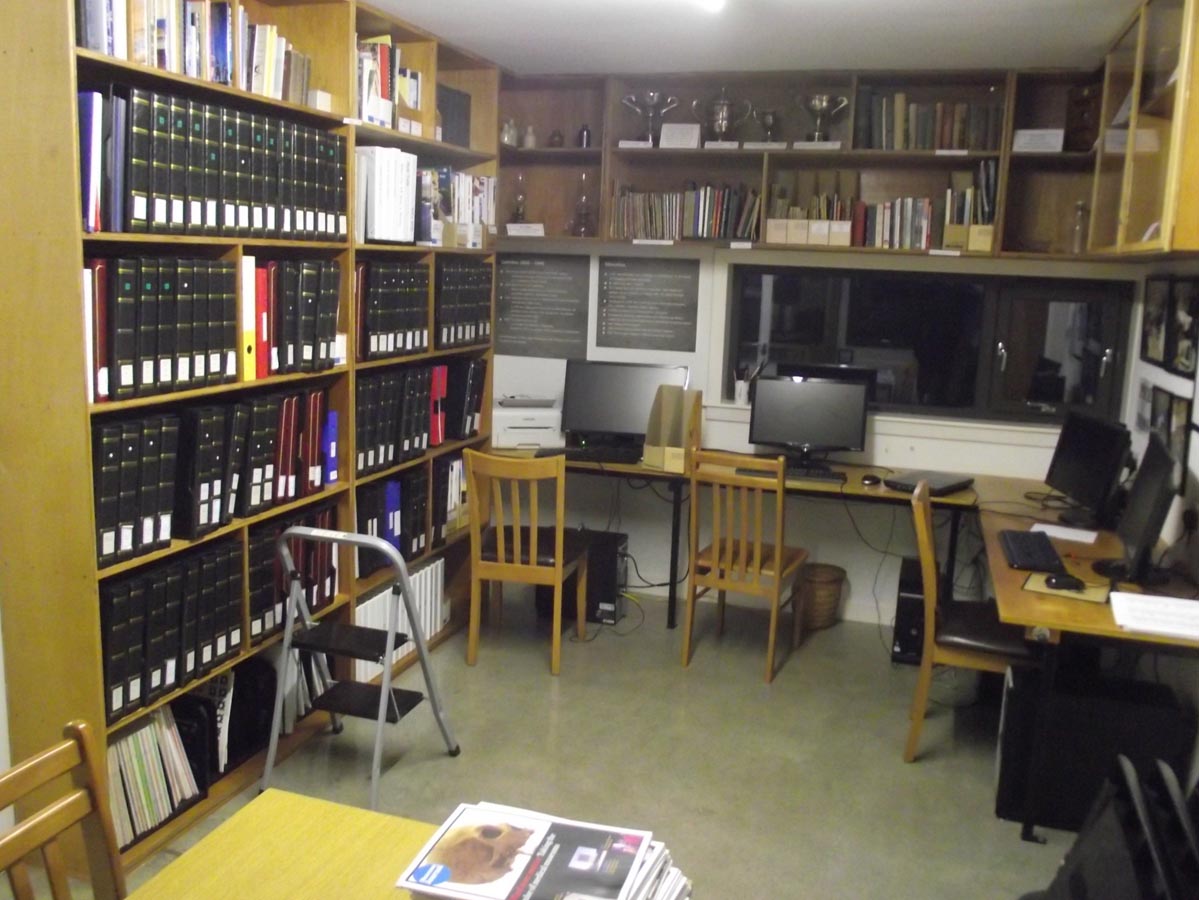
The archive room is used for research with over 8,000 local photographs, local books, family records and data bases, all important in genealogical studies.
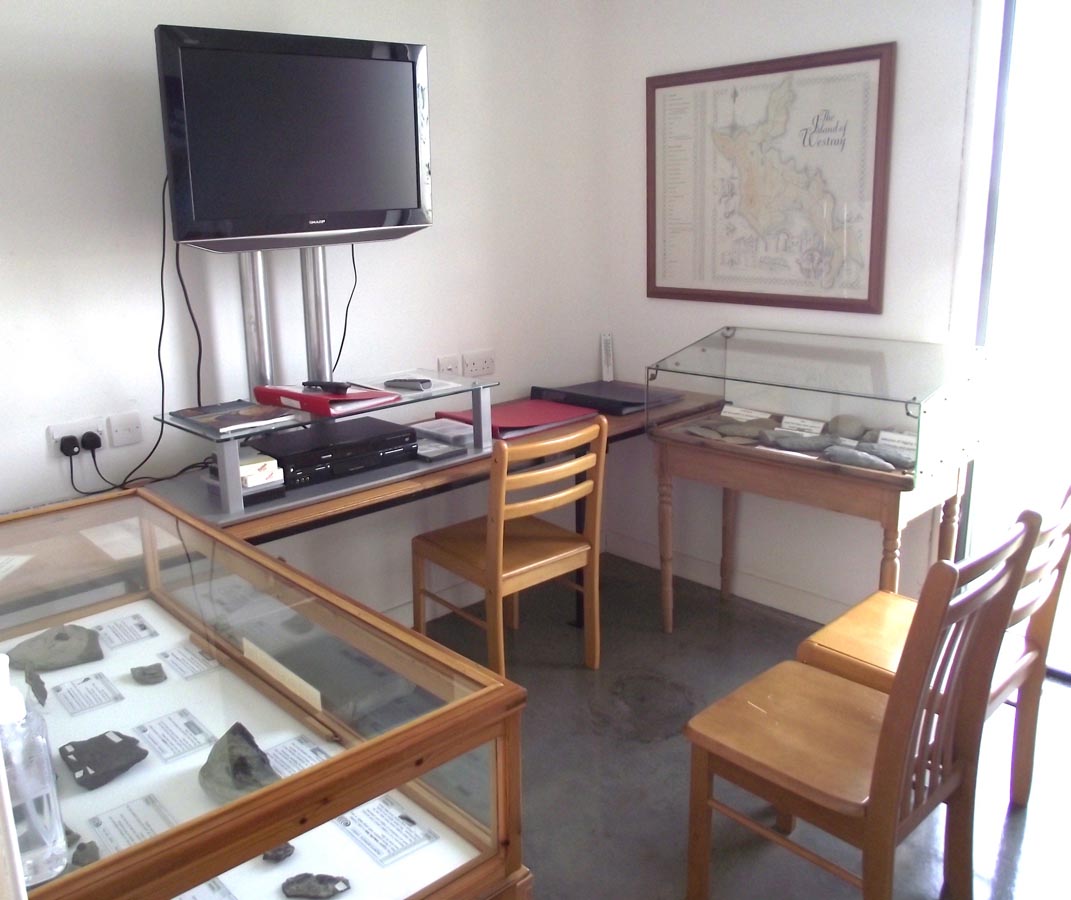
In the Media Room, view DVDs of aspects of Westray heritage e.g. Links of Noltland archaeological dig, Kelp making.
Gallery of Displays
Having both annual and longer-term displays recognises the mix of visitors to Westray and locals coming to the Heritage Centre.
Social History
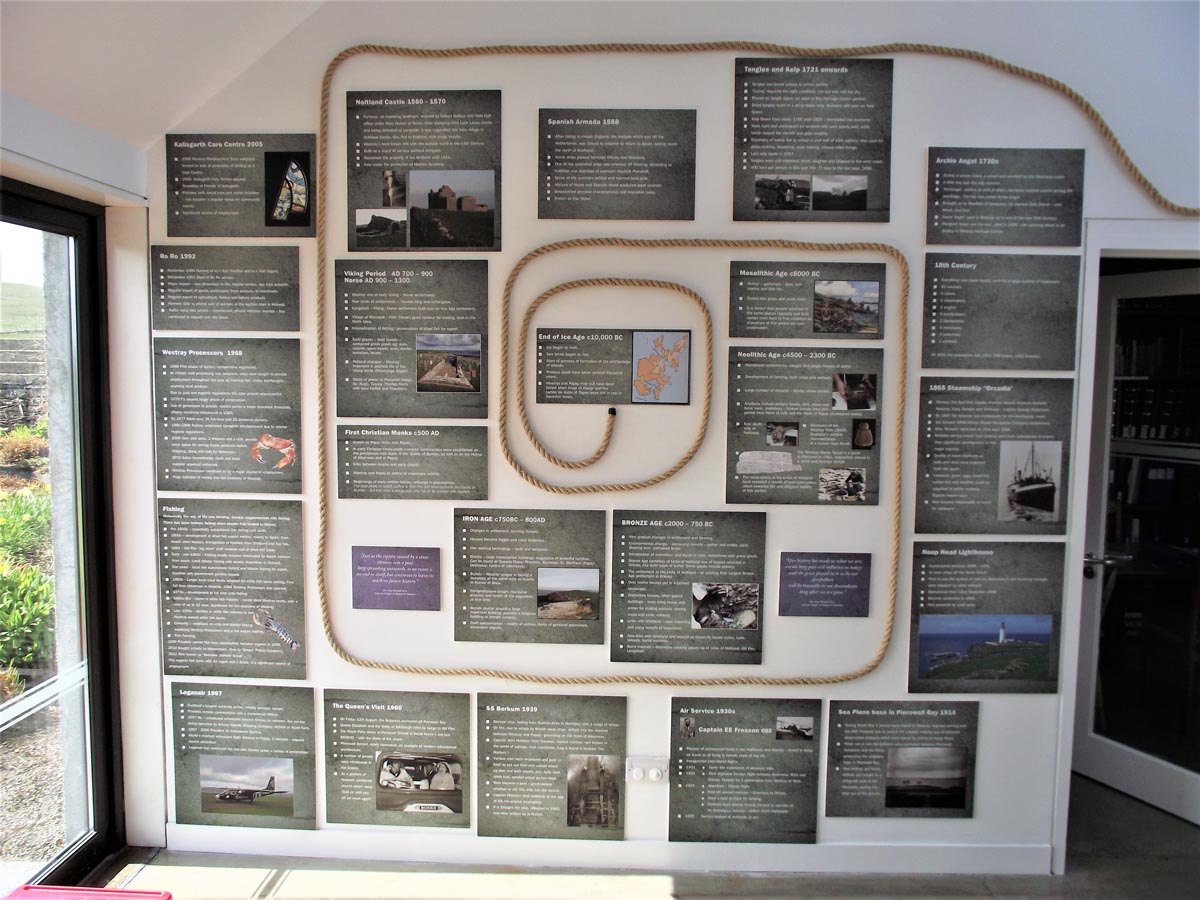
Significant events throughout the history of Westray are summarised in a spiral time-line.
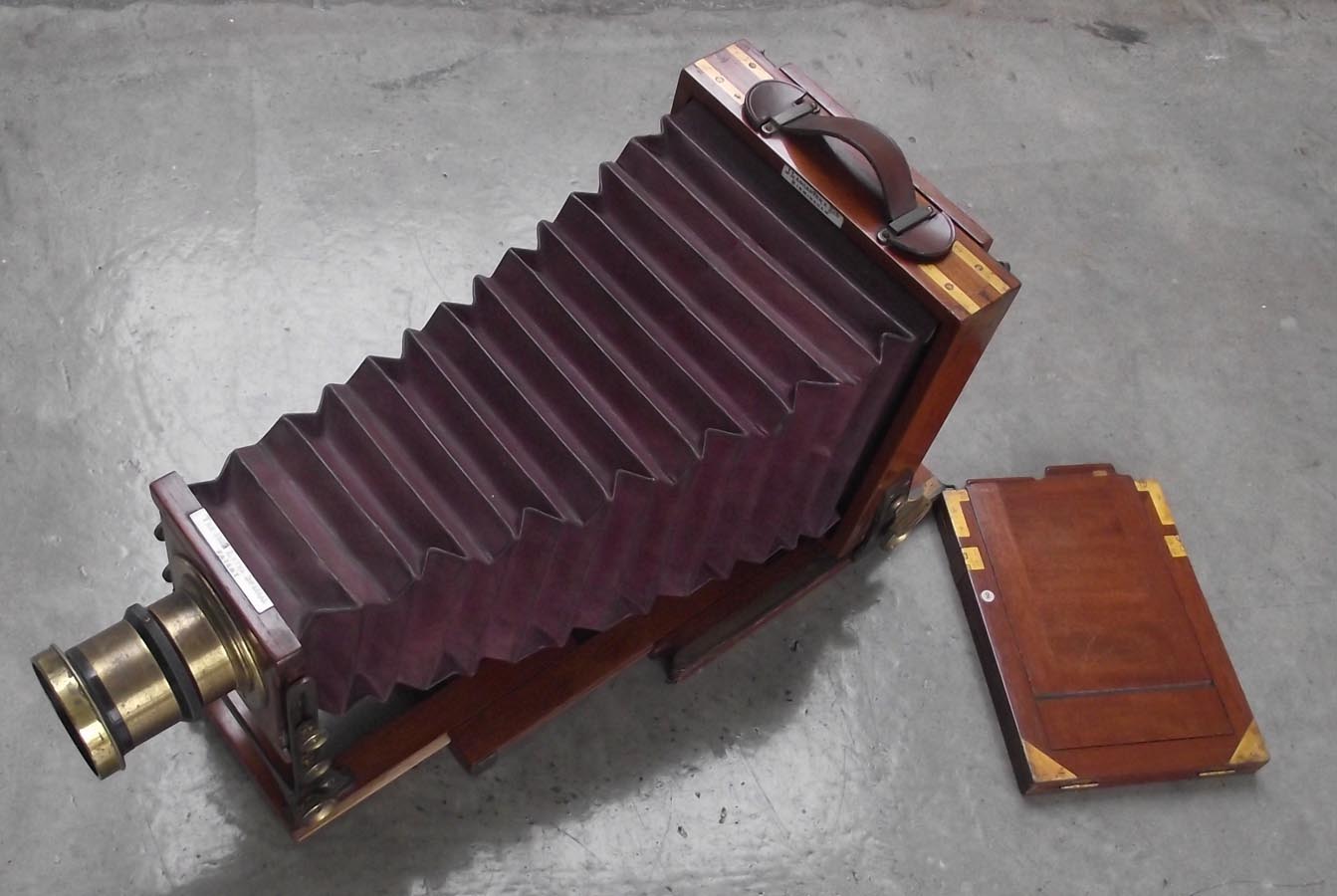
This camera was used by photographer R H Robertson in the early 1900s to record images of Westray people and places many of which are in our archives.
Natural History
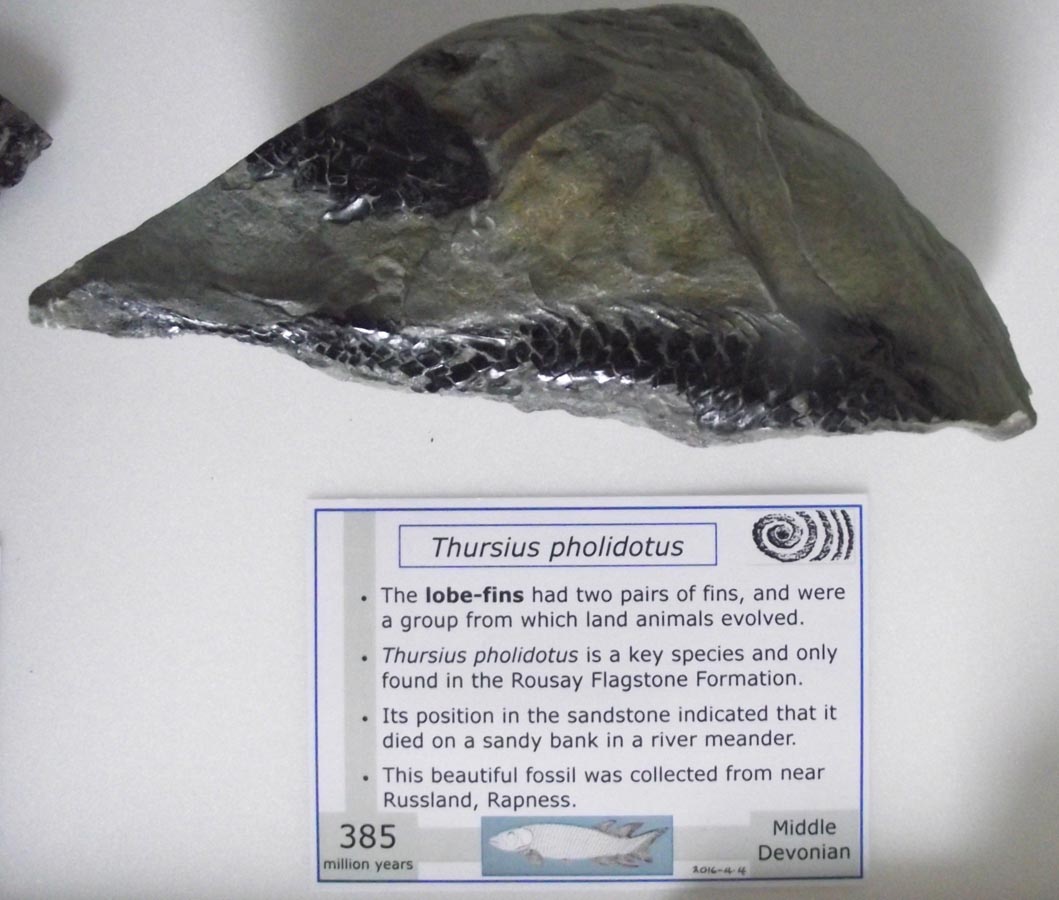
A comprehensive collection of fish and plant fossils and geological specimens, all collected in Westray, won a UK national geological award in London.
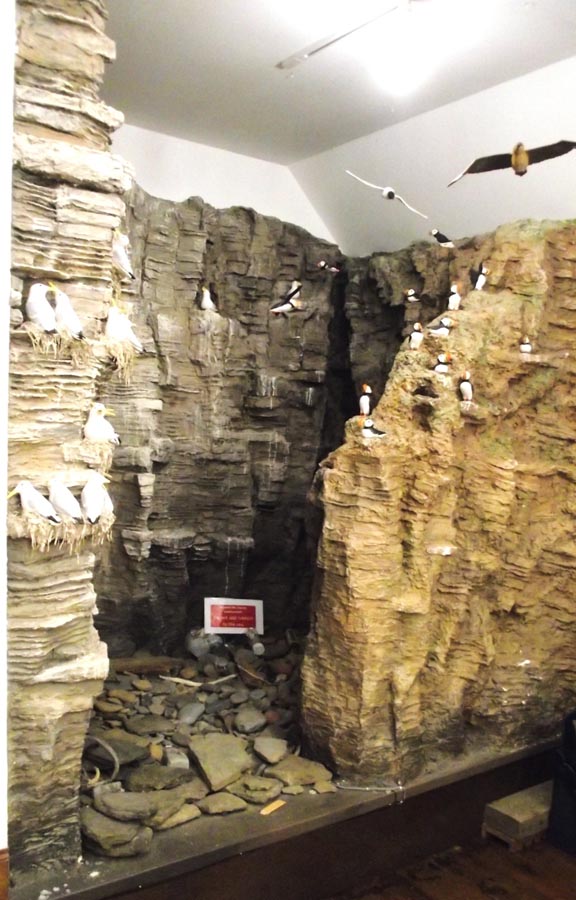
A floor to ceiling replication of a geo (rocky inlet from the sea) illustrates sea bird habitats.
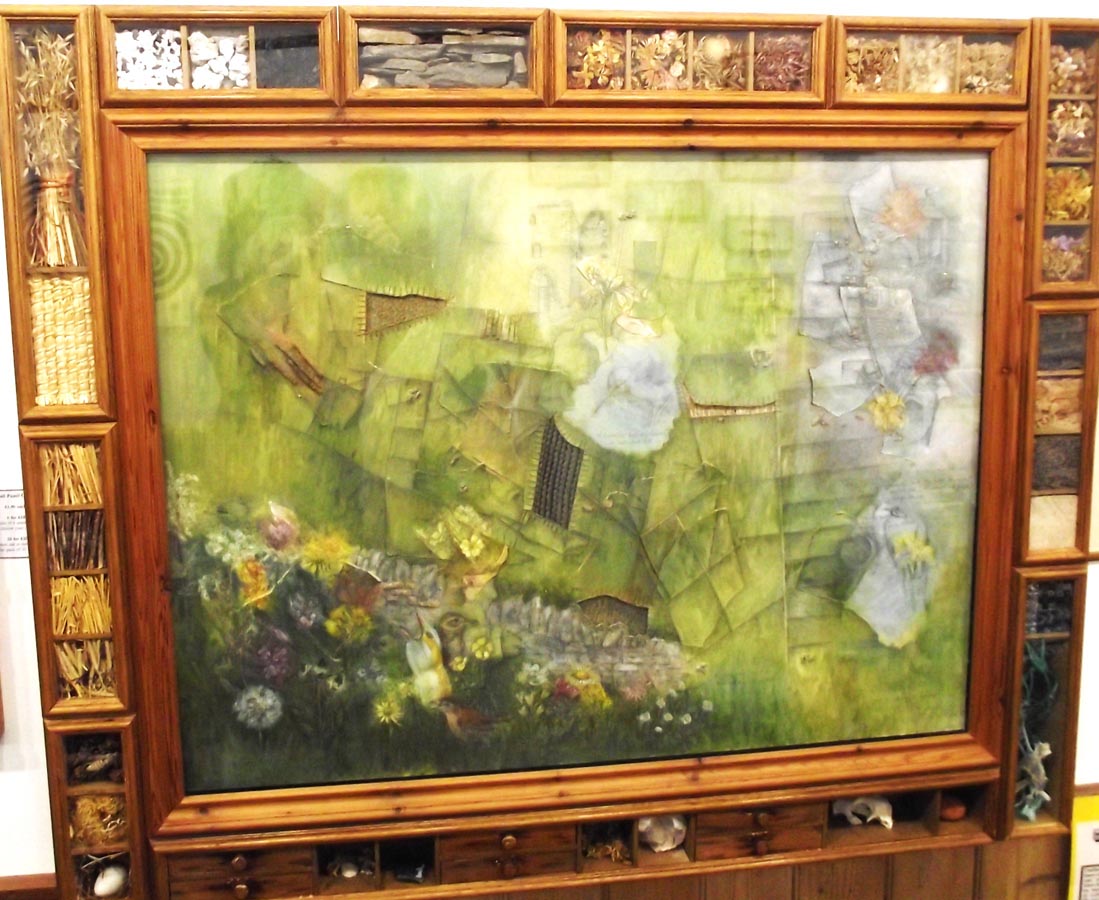
Local artists interpreted different Westray landscapes; beach, cliff and pasture land, in three wall panels.
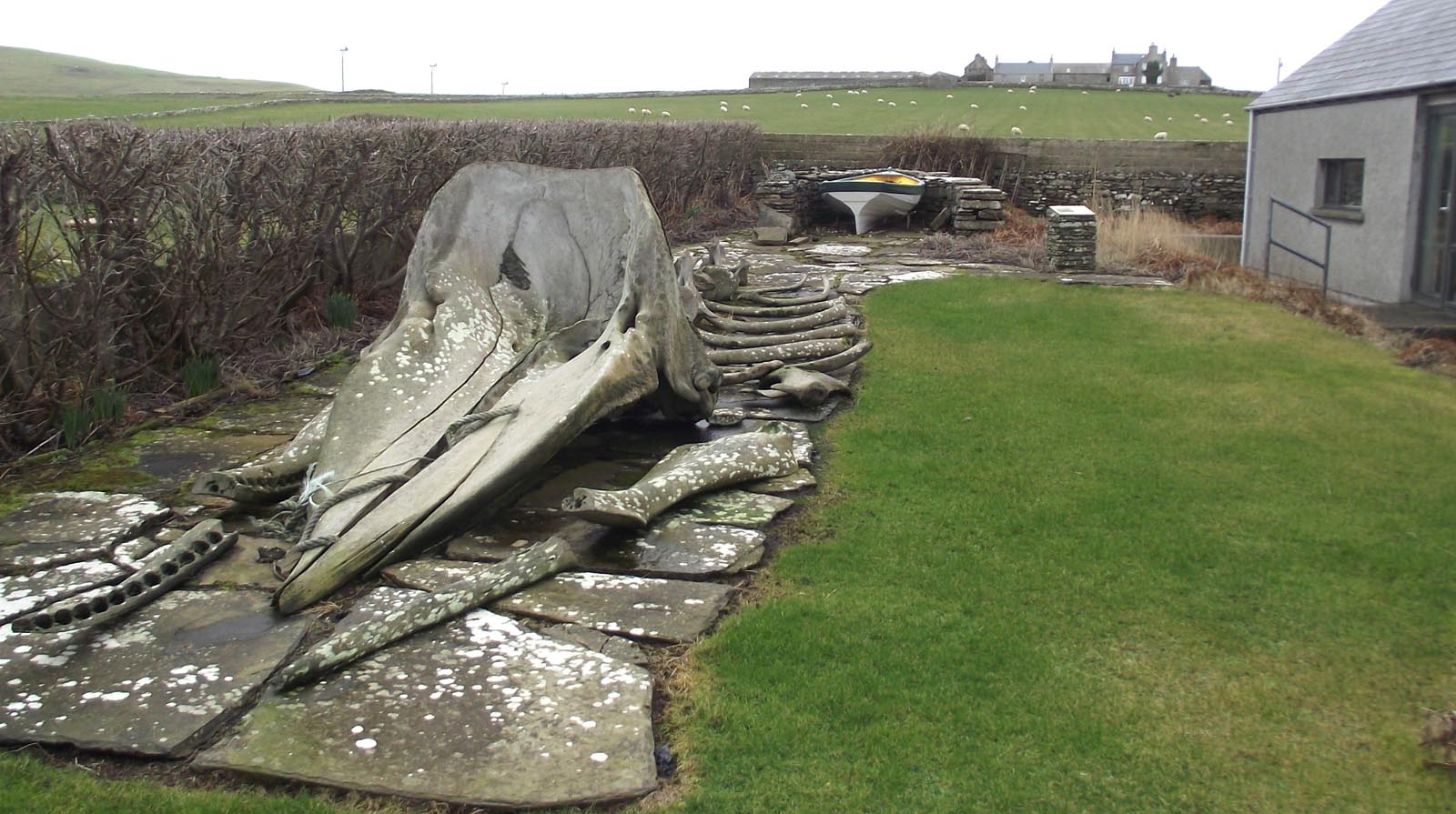
The skeleton of a 40 foot sperm whale is displayed in the Heritage Centre garden.
Previous Residents
Neolithic residents approximately 5,000 years ago left superb examples of their artistic skills using stone tools.
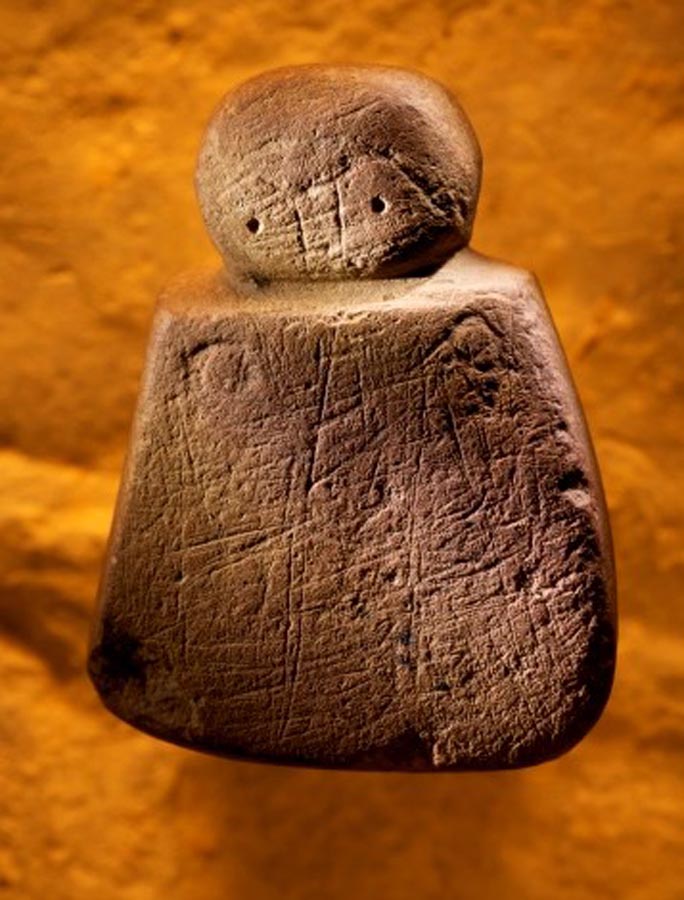
The internationally famous ‘Westray Wife’ is Scotland’s earliest representation of a human
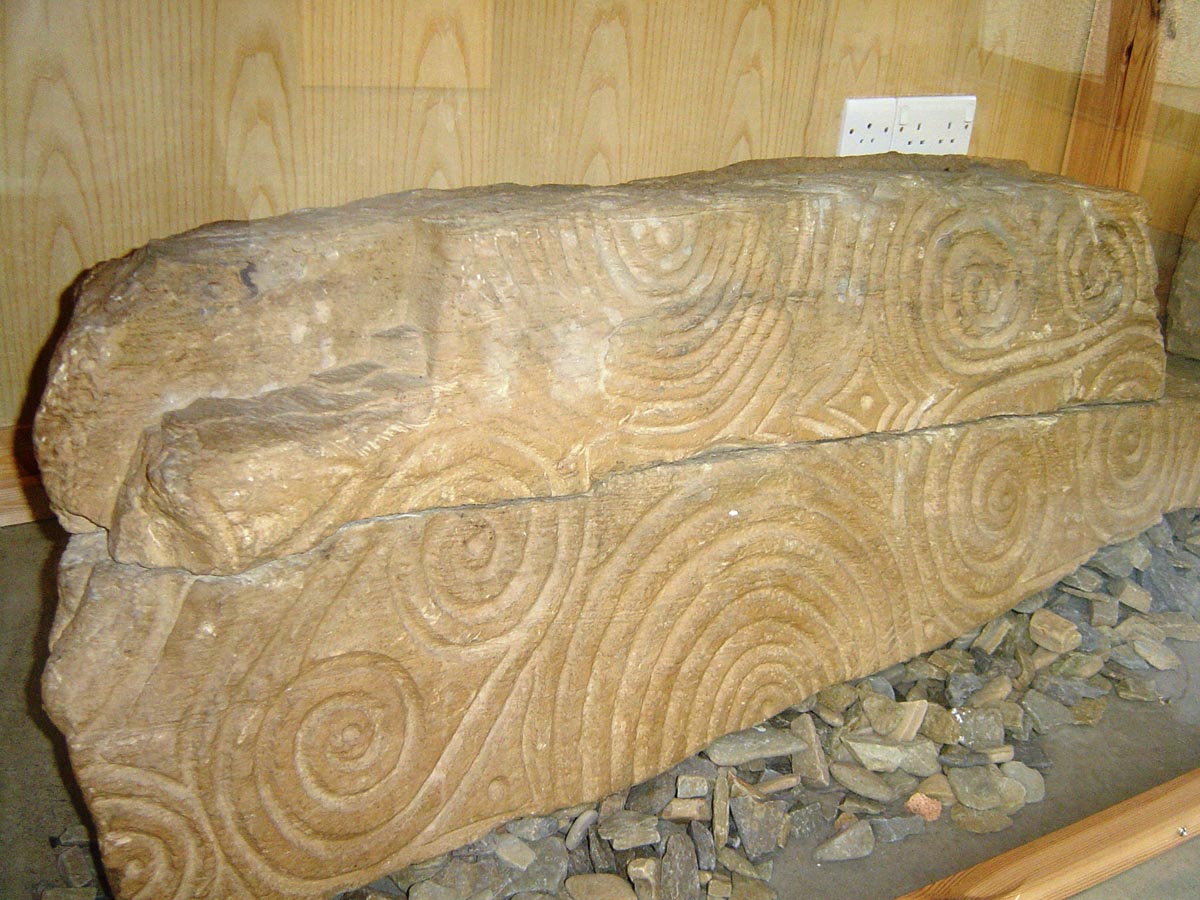
The spiral carved ‘Westray Stone’ is the finest example in Scotland. The carver’s ‘peck’ marks are still evident.
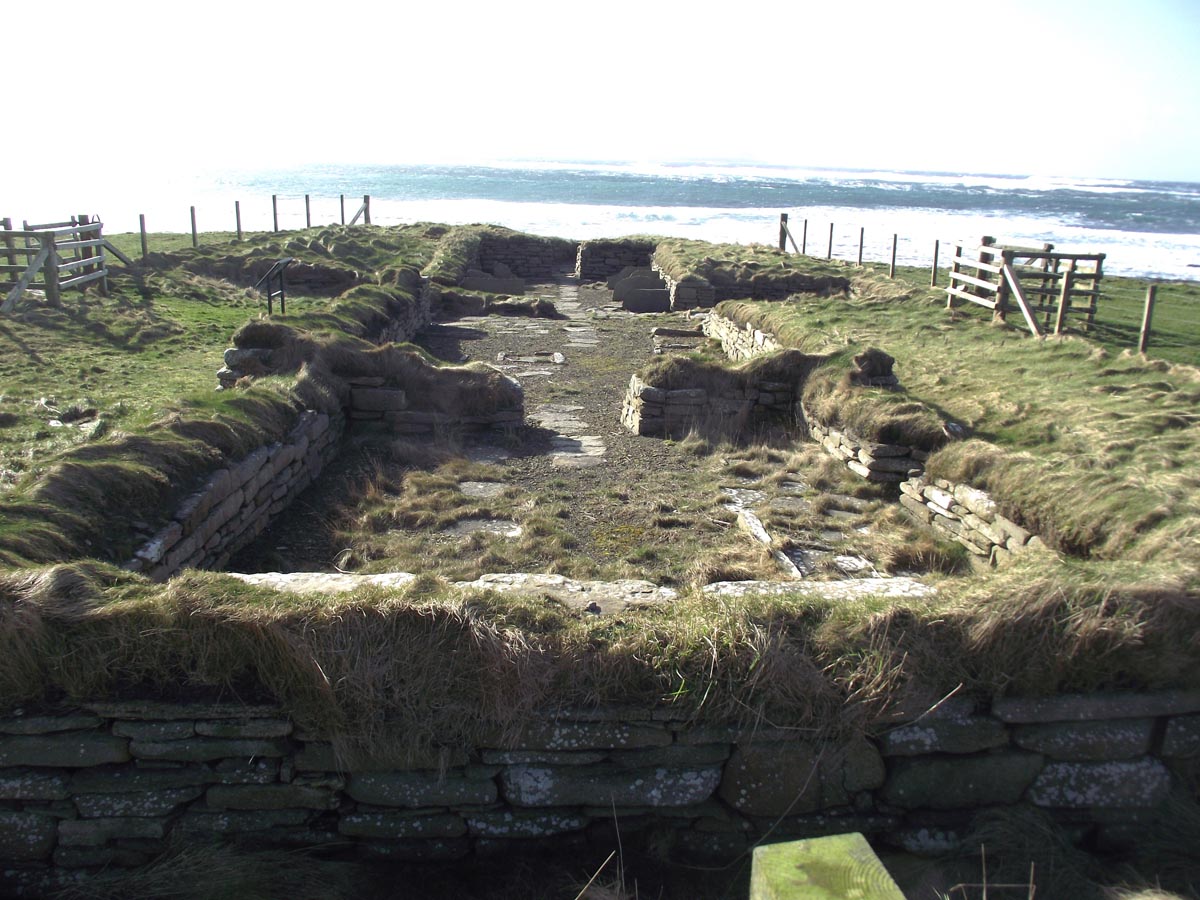
Vikings approximately 1000 years ago were important in Westray as recorded in the Norse ‘Orkeyinga Saga’, leaving artefacts, ruined churches and the Quoygrew fishing station.
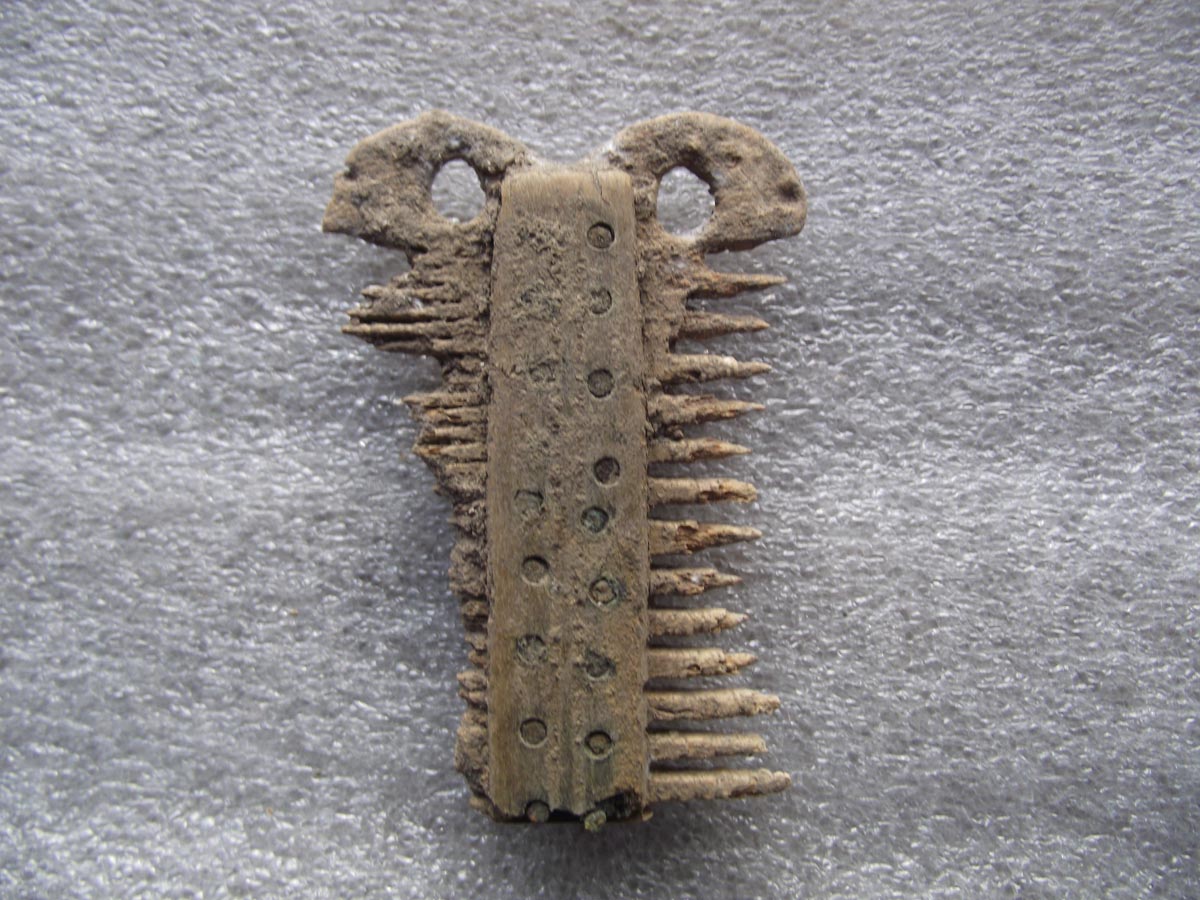
A local resident digging in his garden in 2019 unearthed a typical Viking ‘fish tailed’ comb.
Local Industry
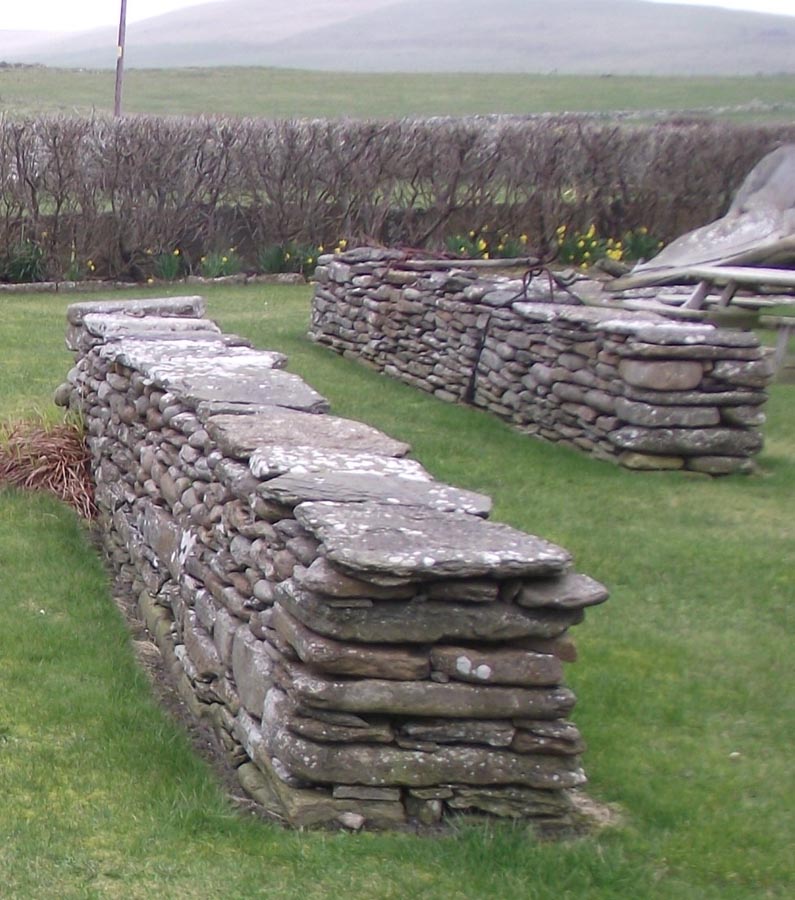
Replicate ‘tangle’ drying dykes in the Centre garden recognise the important kelp industry from the 1700s to the 20th Century.
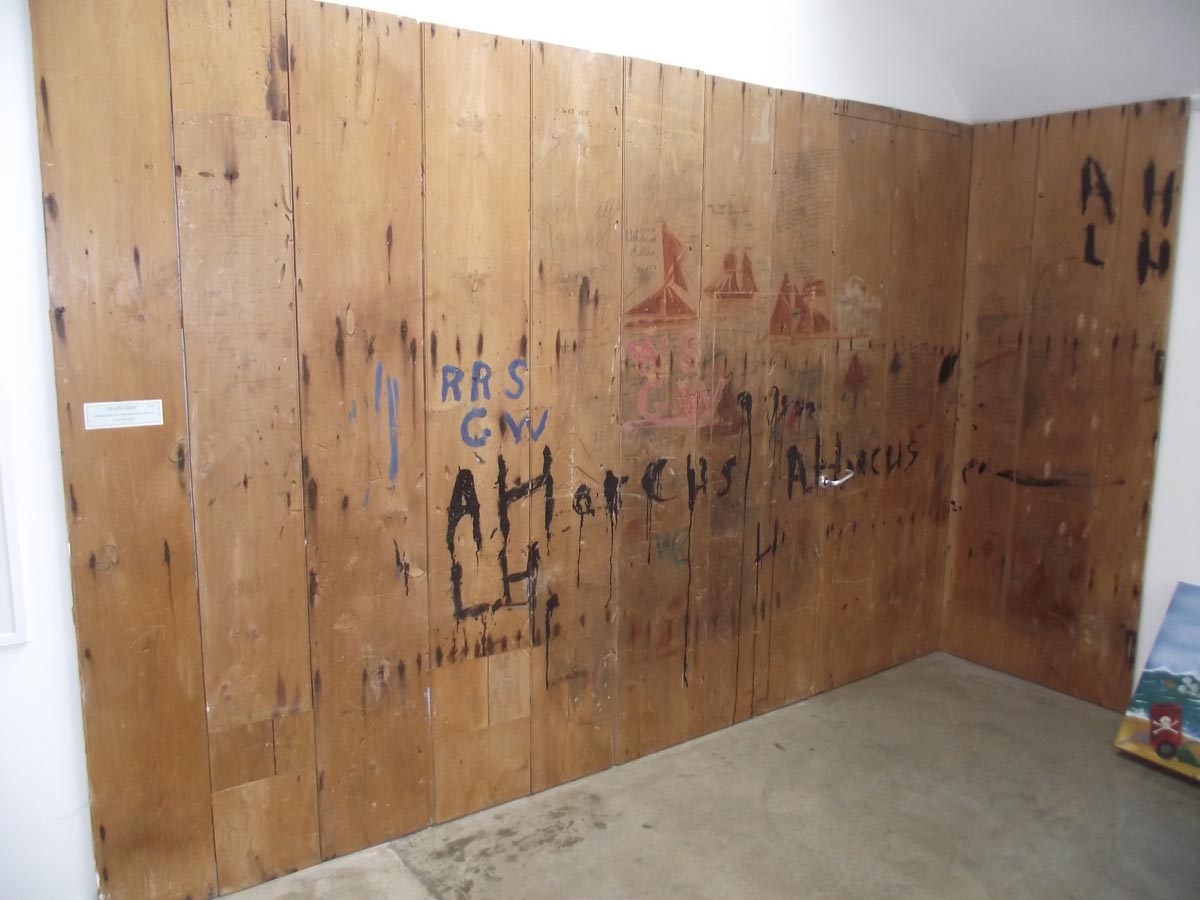
The 1800s ‘graffiti wall’ of 50+ drawings and carvings of Westray sailing skiffs and schooners reflects the importance of the industry of catching, processing and then exporting salt cod directly to Spain.
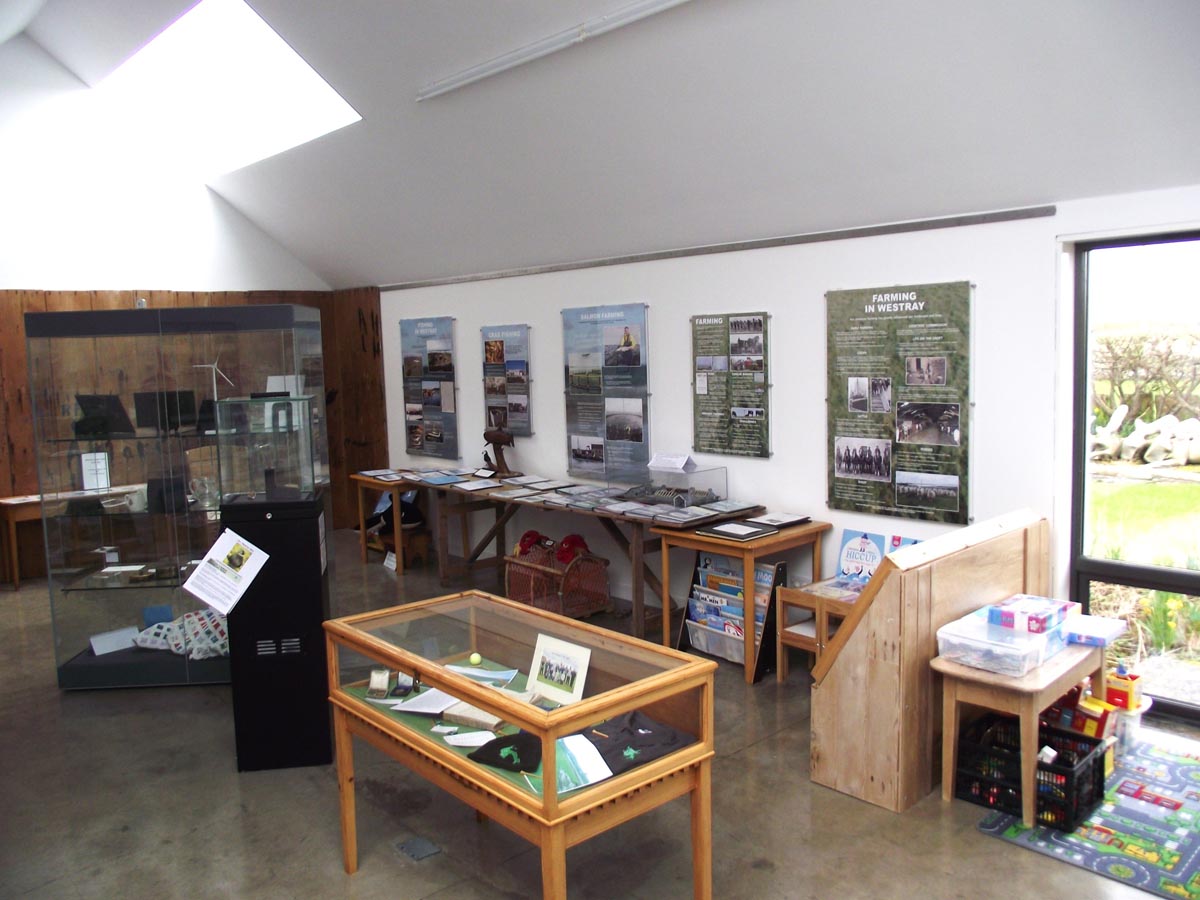
Wall display panels and accompanying folders describe the main industries now in Westray; cattle and sheep farming, crab and lobster fishing and salmon farming.
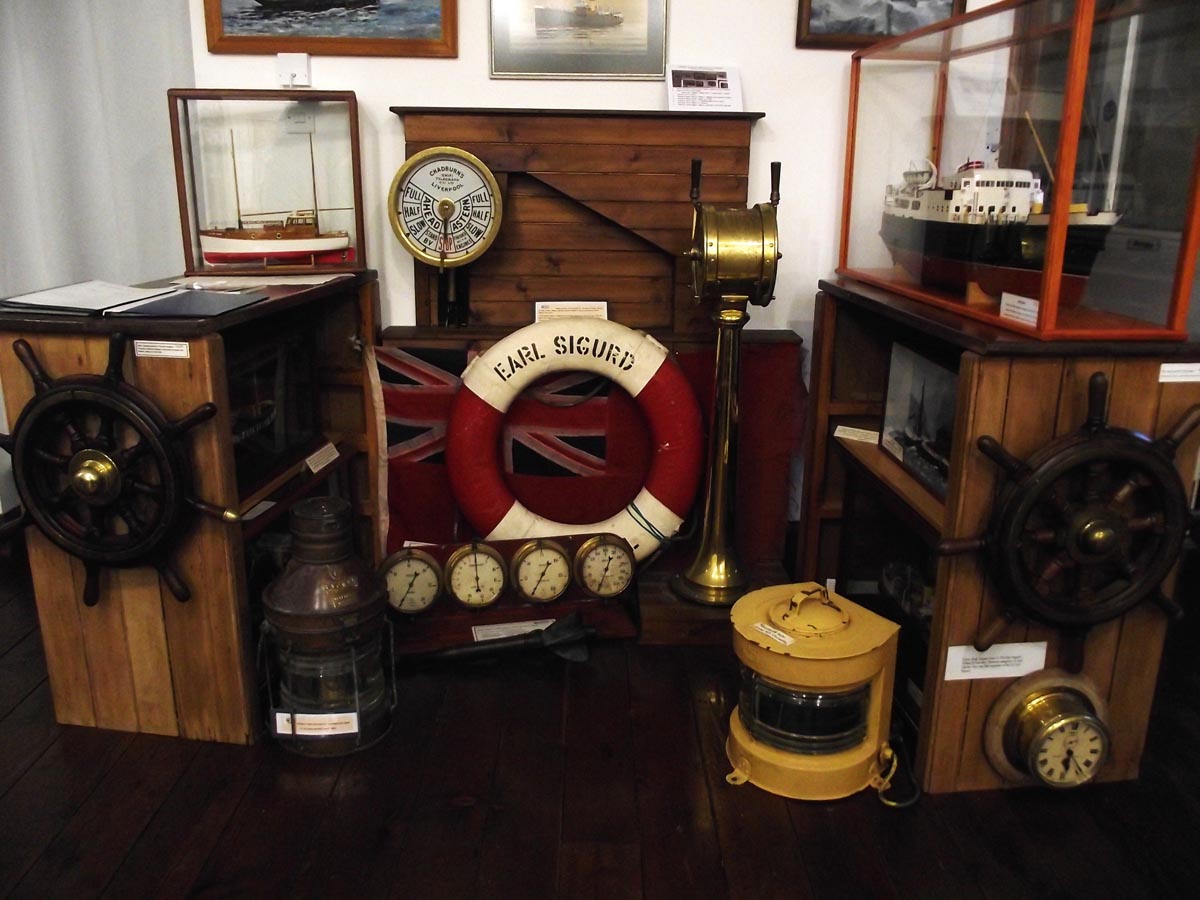
For an island, employment on the sea features significantly, crewing on fishing vessels, ‘deep sea’ ships worldwide and often on inter-island ferries.
